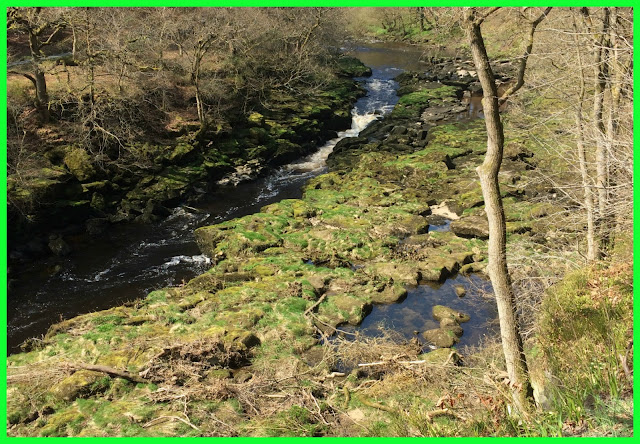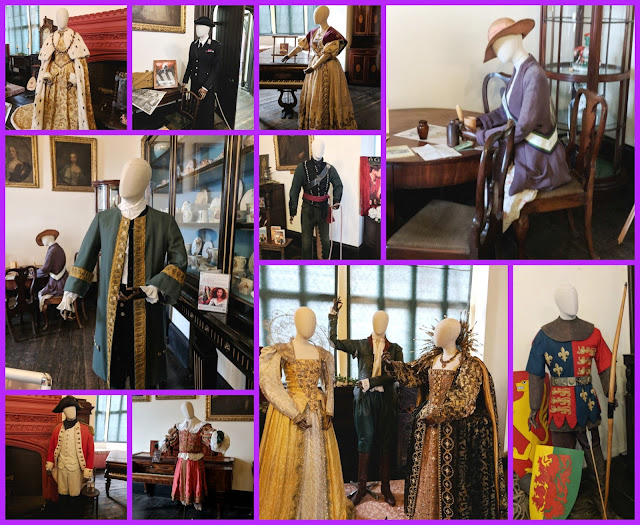Regular readers will know I consider an “egg-shell” in Northamptonshire a second home – and so we were there recently, snuggled in village living, bathed in hospitality, chitty-chattering away and rummaging through nature prior to the explosion of Badby Wood bluebells which are on the brink of blooming. When we are fully assembled, there are six women to three men – the elder stateswoman was gallivanting on another trip on this occasion – so, with double the oestrogen, it was an apt time to visit the Bodleian library exhibition about the women’s movement. 100 years since The Representation of the People Act allowed votes for (some) women!
 |
| Badby Woods |
Sappho to Suffrage: women who dared
Bodleian staff members regularly delve into their archives for artefacts to display. If you haven’t visited, I’d recommend checking out their website’s What’s On. Until February 3rd 2019 they have an imaginatively-presented collection showcasing the achievements of women who dared to do the unexpected. You can see fragmentary scraps of poetry by the remarkable poet, Sappho, engravings of pirates like Anne Bonny, accounts of cross-dressing female soldiers getting military pensions; records of explorers, scientists, mathematicians, writers (a manuscript of Mary Shelley’s Frankenstein, for goodness sake!); photographs, banners, musical scores, medieval book-bindings and even a Suffragette board game!
 |
| Oxford, Badby, Women who Dared.... |
How’s your Dad these days, Lizzy?
The object that startled me most was Elizabeth I’s prayer-book embroidered (when she was a child) with her step-mother’s initials, KP – Katherine Parr. Astonishing! Poignant! If you could only visit Elizabeth when she was stitching those initials and ask her about her dad, her mum, England at the time, her hopes for the future….
The First World War
Until you see material assembled like this it is easy to forget that the achievements of women have often been left out of the history books and the national memory. A significant contribution to victory in Britain during the 1914-1918 war was the willingness of women to enter the laboratories, factories, hospitals and services that were essential to keeping the Home Front going and feed the engine of war abroad. The authorities had no choice, after the war-time contributions of women, other than to allow property-owning women over the age of 30 to vote in 1918, a step towards equal voting rights in the UK.
Suffragists and Suffragettes
The courage and determination of the women of a century ago should never be forgotten. The recently-erected statue of Millicent Fawcett in Parliament Square has been a welcome addition to the cavalcade of bronze throughout London. Fawcett was a suffragist (one of those who advocated peaceful protesting and constitutional campaigning) but more controversial were the suffragettes who escalated from banners to marching to being chained to railings to smashing windows, to setting fire to letter boxes to attacking government ministers. Without their courageous violence, would change ever have occurred? (History suggests not….) The exhibition makes clear that the boundary between suffragists and suffragettes was blurred with many women belonging to groups taking dual approaches.
Force-feeding in prison
Lady Constance Lytton gave a sobering account of her own experience of force-feeding in prison:
Two of the wardresses took hold of my arms, one held my head and one my feet. One wardress helped pour the food. The doctor leant on my knees…. he explained the steel gag would hurt and the wooden gag would not….he broke into a temper as he plied my teeth with the steel instrument….the pain of it was intense and at last I must have given way for he got the steel gag between my teeth. Then he proceeded to turn it more than necessary until my jaws were fastened wide apart, far more than they would naturally go. Then he put a tube down my throat which seemed much too wide and about four feet in length…. the horror of it was more than I can describe….Feminist men
I’ve written about this idea before but don’t apologise for writing it again: anyone of any age, any gender, any ethnicity, any class or any creed who doesn’t self-identify as a feminist doesn’t share the same definition as me. I’ve heard Juno Dawson explain succinctly that if your answer to the following two questions is “yes” then you are a feminist. Should a woman have the same equality of opportunity as a man? Should a woman and a man be paid the same salary for the same job? If you can’t answer “yes” to those two questions, then you have different values to me.
 |
| Mother, brothers, sister.... impossible not to be a feminist if you've half a brain.... |
Everyone has had a mother. Not everyone experiences the other range of relationships you can have with women. But as a tutor in a secondary school I tried to transmit to teenage boys that they shouldn’t treat girls or women any differently than you would want your mother or sister or daughter to be treated. (The same applies, of course, to fathers and brothers and sons.) As humans it’s nigh on impossible to avoid interaction with both genders and mutual respect has to be the future for the next stage of evolution. Thank you, Suffragists and Suffragettes from history and all who continue to fight for a better civilisation.
















